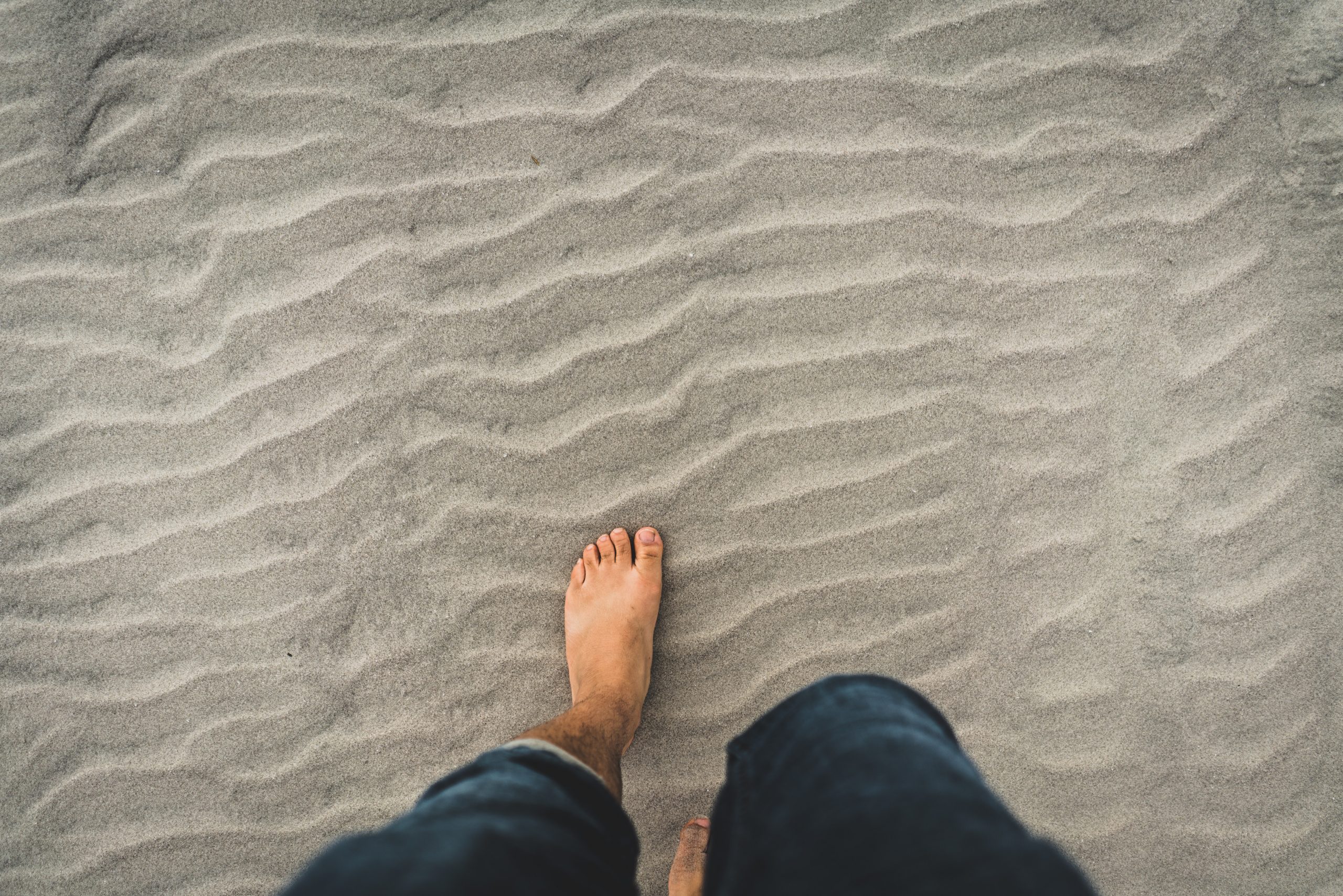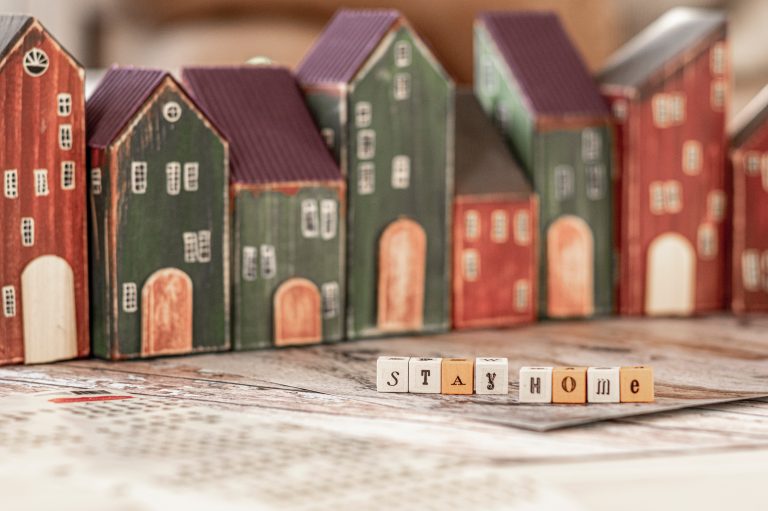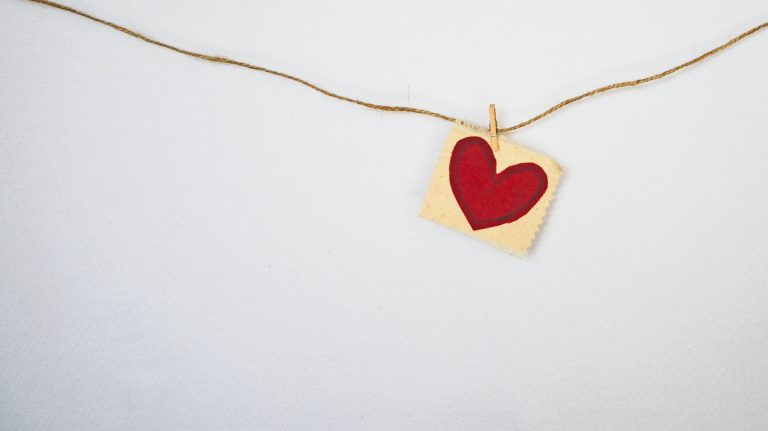
Lucinda writes on grounding techniques to help with the rise in anxiety surrounding coronavirus and self-isolation…
It is no secret that change has come thick and fast due to coronavirus – many of life’s daily norms such as going to work or school, catching the train or going to the supermarket have suddenly become areas of great stress for many. It is easy in situations like this to become swept up, and to find ourselves in a state of increased anxiety and panic. When there is a collective anxiety, plus a lot of unknown in the external world, our amygdala will be on the look out for threat and danger more than usual.
The amygdala is a part of the brain which is primarily responsible for decision-making and emotional responses such as fear or anxiety. While it is seeking out danger as a method of self-preservation, it can lead to us feeling more anxious. However, there is an ‘amygdala hack’ we can use to temper this response.
- Find a quiet place and look at what is around you. Notice colours, smells, sounds, the feel of the carpet between your toes.
- Try, if you can, to harness those thoughts and feelings which are causing anxiety and ask them gently to step aside.
- Focus on your body, noticing gently where the difficult emotion might be manifesting within your physical body, such as a locked jaw or tense shoulders.
- Breathe into the emotion, noticing it – without judgement – then exhale into the emotion too. Repeat until you feel more calm.
To take it one step further, extend the breathing into belly breathing, which will help you to relax further. When we are feeling anxious, we often start to breathe using our chest and shoulders. The most calming and effective way of breathing however, is when we use our bellies.
The area below our ribcage is where our diaphragm is, and our bodies and minds feel more relaxed when our diaphragm is used for breathing rather than just our chest. We also get more oxygen around our system breathing this way.
Remember:
Breath = Life
- Lie on your back and gently place your hand below your rib cage. As you breathe in, direct the in-breath to make sure it is filling your belly, which will make your hand rise as a result. As you exhale, your hand will fall.
- Next, place your hand lower, onto your tummy. Breathe in again, directing the breath to your tummy and watching your hand rise and fall with the in and out breath.
- Repeat this, alternating between the two areas – or just one at a time – until you feel calmer. The more you can practice this, the more you will begin to breathe like this automatically.

Author: Lucinda Gordon Lennox
Lucinda works at The Recovery Centre, which has clinics in London and Edinburgh




